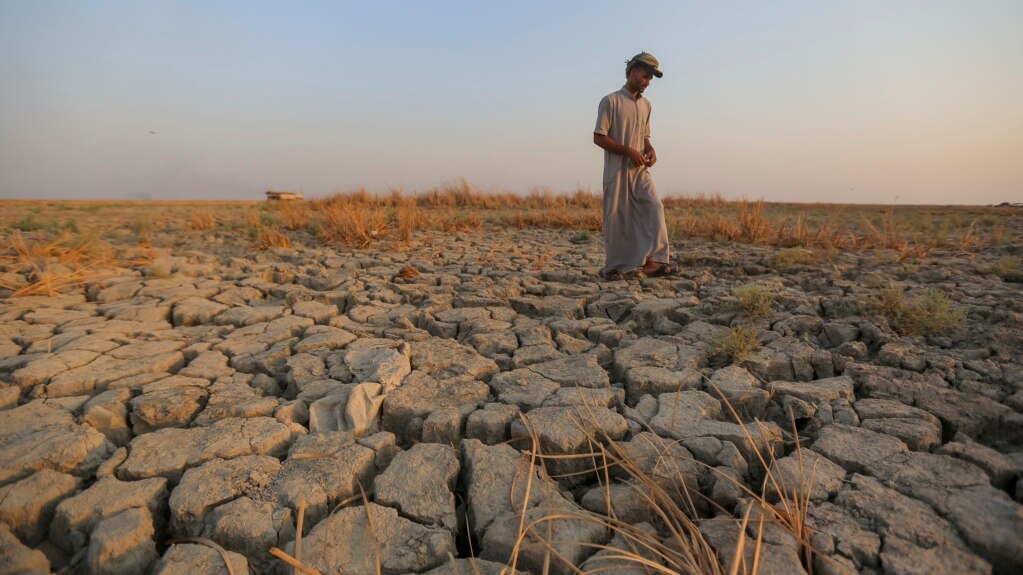A three-year drought has left millions of people in Syria, Iraq, and Iran with little water. A new study says it would not have happened without human-caused climate change.
The west Asian drought started in July 2020. The new study found that it is mostly because hotter-than-normal temperatures are evaporating the little rainfall that fell.
The study is by a team of international climate scientists at World Weather Attribution, a group that researches extreme weather events.
Friederike Otto, an Imperial College of London climate scientist, is the lead writer of the study. She said that without the world warming 1.2 degrees Celsius since the mid-19th century, “it would not be a drought at all.”
It is a case of climate change unnaturally intensifying naturally dry conditions into a humanitarian crisis that has left people without food, water, and housing, the study says.
Other scientists have yet to confirm if the methods used in this study are correct, in a process called peer review. But it follows scientifically correct methods to look for the signs of climate change.
The team looked at temperature, rainfall, and moisture levels. And they compared what happened in the last three years to many different computer models of the conditions in a world without human-caused climate change.
“Human-caused global climate change is already making life considerably harder for tens of millions of people in West Asia,” said study co-writer Mohammed Rahimi. He is a professor of climate studies at Semnan University in Iran. “With every degree of warming Syria, Iraq and Iran will become even harder places to live.”
Computer models did not find any considerable signs of climate change in the reduced rainfall, which was low but not too rare, Otto said. But evaporation of water in lakes, rivers, wetlands, and soil “was much higher than it would have been” without climate change-increased temperatures, she said.
The study writers found that the drought conditions in Syria and Iraq are 25 times more likely because of climate change, and in Iran, 16 times more likely.
Kelly Smith of the U.S. National Drought Mitigation Center in Nebraska, who was not part of the study, said the research made sense.
Drought is not unusual to the Middle East area. And conflict, including Syria’s civil war, makes the area even more likely to have a drought because of weakened water systems, said study co-writer Rana El Hajj. She is with the Red Cross Red Crescent Climate Center in Lebanon.
“This is already touching the limits of what some people are able to adapt to,” Otto said. She said as long as we keep burning fuels that affect climate change and give out new permits to explore new oil and gas fields, these kinds of events will only get worse. She added that this will continue to destroy lives and keep food prices high.
She said, “And this is not just a problem for some parts of the world, but really a problem for everyone.”
I’m Gregory Stachel.
Seth Borenstein reported this story for The Associated Press. Gregory Stachel adapted the story for VOA Learning English.
________________________________________________
drought – n. a long period of time during which there is very little or no rain
humanitarian – adj. describing an event or situation that causes or involves a lot of human suffering, especially one that requires aid to be provided to a large number of people
moisture – n. a small amount of a liquid (such as water) that makes something wet or moist
global – adj. involving the entire world

